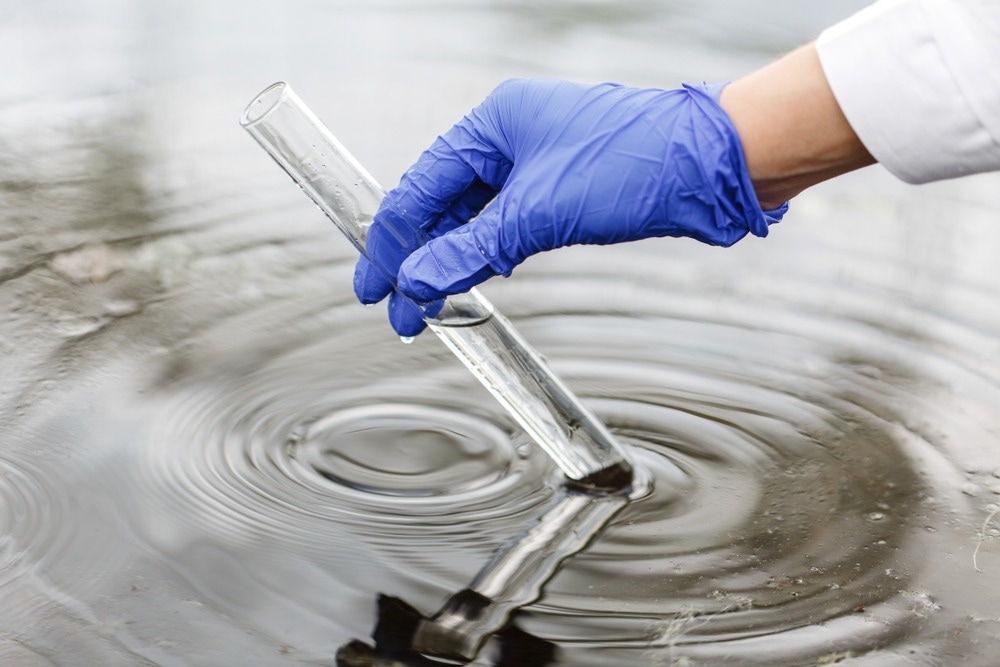Water contaminated with bacteria poses a serious threat to global health. In the scientific publication Angewandte Chemie, a Chinese research team developed a simple new technique for disinfection.

Image Credit: Wiley-VCH, re-use with credit to ‘Angewandte Chemie’ and a link to the original article.
It is based on minuscule, silver-sulfide-based quantum dots, or assemblages of biocompatible atoms called quantum dots, whose caps are constructed of a peptide that binds silver. With the use of synergistic effects, they effectively destroy waterborne bacteria when exposed to near-infrared light.
It could be extremely challenging to have access to safe drinking water, especially in underdeveloped countries and isolated areas of the world. Salmonella, Enterococci, E. coli, and cholera pathogens are just a few examples of pathogenic bacteria that can cause serious diseases. Sometimes, a single swallow could have catastrophic results.
Conventional disinfection techniques, which have been used extensively in recent years, such as ozone, UV light, and chlorination, have drawbacks, including high costs, ineffectiveness, poor biocompatibility, and carcinogenic byproducts. Alternatives are needed.
Xushen Qiu, Wei Wei, and Jing Zhao have just unveiled a brand-new technique based on quantum dots made of silver sulfide (Ag2S). Amounting to one to ten thousand atoms, quantum dots are nanoscopic objects that are “confined” in space. They have more molecular-like quantum mechanical characteristics than macroscopic materials, which can result in intriguing optoelectronic effects.
Existing photodynamic and photothermic therapies, such as those used to treat certain tumors and skin conditions, employ silver sulfide quantum dots. In addition to serving as fluorescence thermometers, they can serve as contrast agents. They have not been utilized extensively for water disinfection so far, in part due to the labor-intensive and costly preparation techniques employed in the past.

Image Credit: IVASHstudio/Shutterstock.com
With the help of a specially created biomimetic silver-binding peptide (AgBP2), the Nanjing University and Nanchuang (Jiangsu) Institute of Chemistry and Health team have now created a simple, affordable manufacturing technique that encloses quantum dots.
The new AgBP2-Ag2S quantum dots efficiently eliminate bacteria in water when exposed to near-infrared (NIR) light. They are biocompatible, photostable, and chemically stable. Their robust activity is the result of the interaction of two factors. They create extremely reactive oxygen species as a result of irradiation, and they also strongly increase local heating.
When the two effects work in concert, bacterial cell membranes are successfully destroyed. During 25 minutes of NIR irradiation, they are able to kill over 99% of E. coli bacteria, making it an extremely promising method for disinfecting water against harmful bacteria.
Source:
Journal reference:
Sun, P., et al. (2023). Peptide-mediated Aqueous Synthesis of NIR-II Emitting Ag2S Quantum Dots for Rapid Photocatalytic Bacteria Disinfection. Angewandte Chemie. doi.org/10.1002/anie.202300085